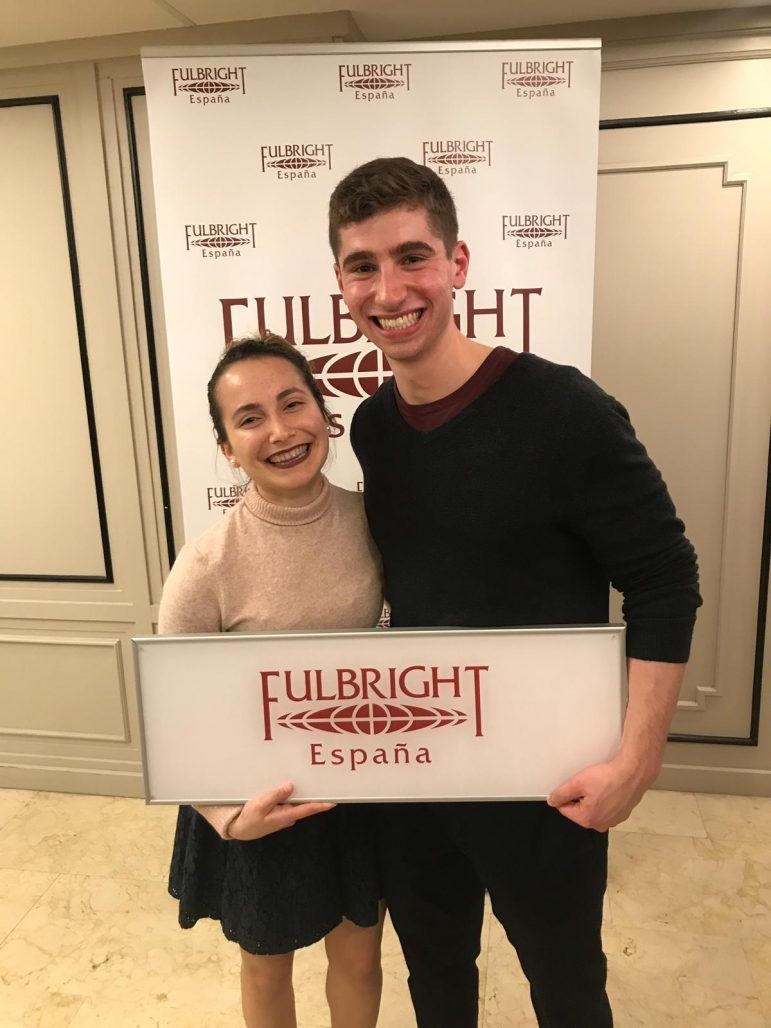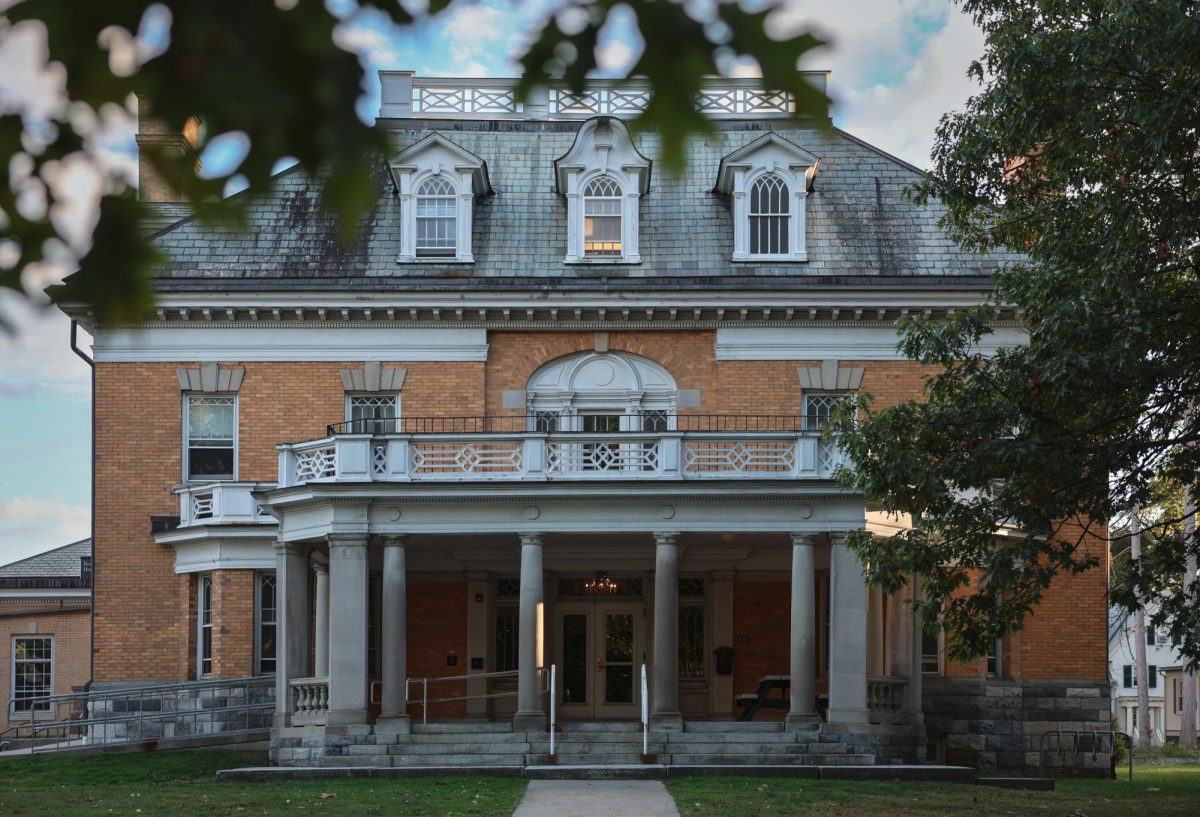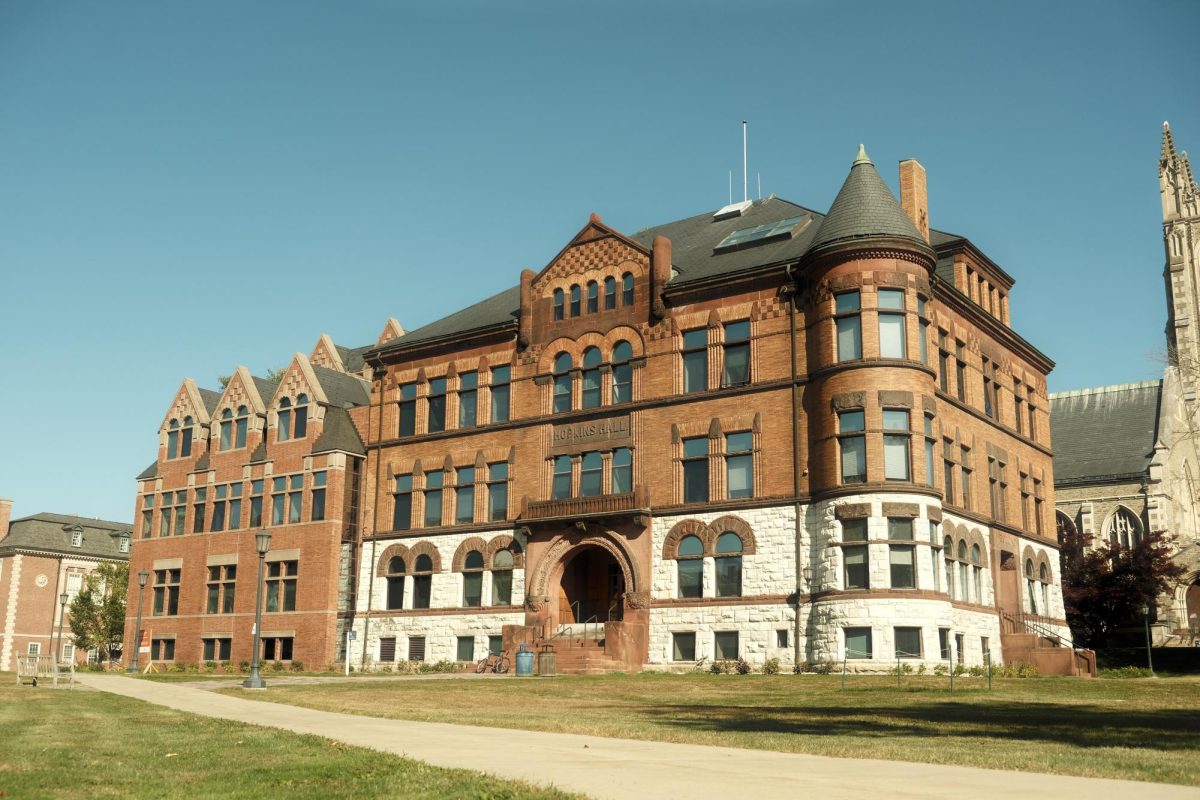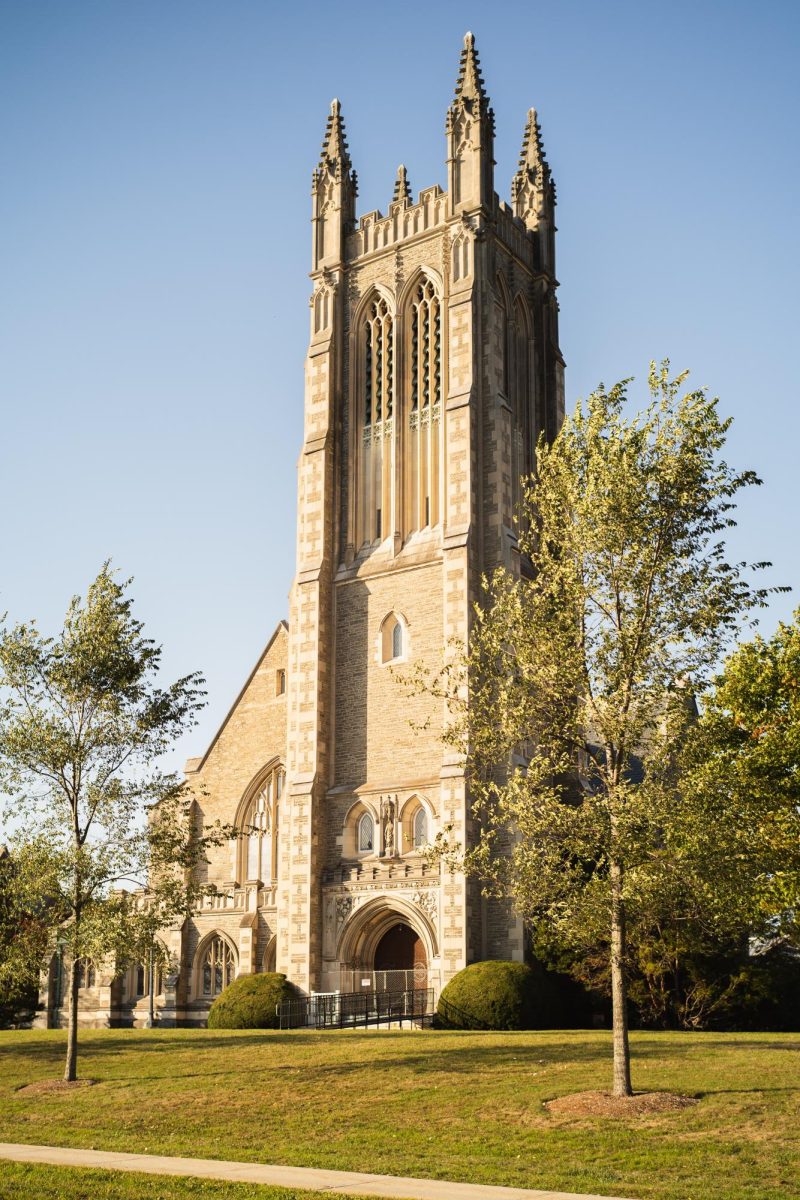
With 23 offers in the 2018-19 cycle, the College is the top producer of Fulbright recipients among bachelor’s institutions. While the College has made the list every year since it was published and frequently ranks among the top five, this cycle marks the first time the College has secured the No. 1 position.
This past year was notable in multiple ways. The College had a record 65 applicants, with 32 making it to the next round of the competition and 22 finally accepting the offer of an award (two of whom were chosen from alternates). Members of the senior class made up most of the awardees, although two alums – namely Sarah Weiser ’17 and Matthew Goss ’17 – were also among the winners.
The Fulbright Program is one of several United States cultural exchange programs whose goal is to improve intercultural relations, cultural diplomacy and intercultural competence between the people of the U.S. and other countries via the exchange of persons, knowledge and skills. “The Fulbright Program awards approximately 8000 grants annually,” its website states. “Roughly 1600 U.S. students, 4000 foreign students, 1200 U.S. scholars and 900 visiting scholars receive awards, in addition to several hundred teachers and professionals.”
The Fulbright is one of the most competitive fellowship programs in the world, making this year’s yield all the more significant. Looking beyond bachelor’s-only institutions, the College in fact produced more winners than Columbia, Stanford and Yale, which produced 16, 16 and 13, respectively.
Generally speaking, U.S. applicants will apply either for a study/research grant or an English Teaching Assistantship (ETA), both of which are awarded for one academic year. Recipients of the former plan their own projects, which may include coursework, lab research or work in the creative or performing arts. The primary focus of the latter is to engage students in the classroom; it does not require a significant research component. ETA participants typically work in schools where they can strengthen the students’ language abilities and knowledge of the U. S.
From the 2018-19 cycle, approximately two-thirds of the winners received ETAs for teaching abroad, with the other third receiving one-year grants to study or conduct research in their academic fields – a trend which has been consistent in past years. Simply looking at the number of winners, however, glosses over other nuances, such as the recipients’ destinations – as some are more competitive than others – and the number of students who turned down their Fulbright offers in favor of other opportunities. Certain locations, such as Poland, Spain and Germany for example, garnered multiple winners. There also existed a correlation between major and country, with many winners having majored in a language native to their country of destination.
Director of Fellowships Katya King attributed much of the favorable outcomes to the sheer number of applicants, the caliber of these applicants and the support and guidance from both faculty and the Fellowships Office itself. From setting up mock deadlines to the nomination and selection stages of national competitions, the Fellowships Office served as a resource to both current students and alums in their application processes.








